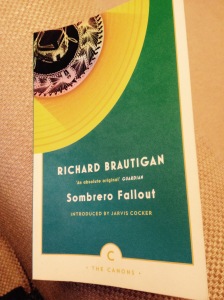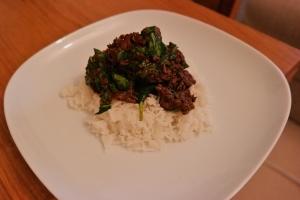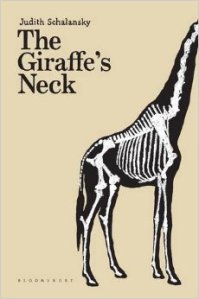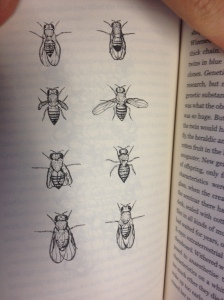Often my experimental impulses fail me, and I desert my vow to cook new, different dishes at the weekend in favour of the comfort and joy of cooking something awesome that I’ve mastered many times before. This is what happened yesterday, post-seven-mile-walk, surrounded by cookbooks each boasting mouth-watering untried dishes, there were just too many choices and feeling a bit overwhelmed I crumbled and opted instead for one of my recent favourites. Fresh from our Italian honeymoon last summer, my husband whipped up this dish for me after a tough week at work – it hit all the right spots and instantly transported me back to the Chianti region, supping thick tuscan pasta with a beautifully sun-soaked glass of red wine.
 The Recipe: Duck Ragu & Homemade Pici Pasta
The Recipe: Duck Ragu & Homemade Pici Pasta
This is a really authentic Tuscan dish that I fell in love with when I tried it in Pienza at one of my favourite restaurants La Bandita Townhouse and which has been recreated by Jamie Oliver as part of his TV series with fellow foodie Jimmy Doherty, Jamie and Jimmy’s Friday Night Feast. I think Jamie’s recipe reimagines this dish beautifully, encompassing all the warmth, richness and intensity of the flavours as I remember them. The recipe can be found here. As always with a Jamie Oliver recipe the instructions are very well-explained and easy to follow, and whilst it does take a bit of time to pull this dish together there’s lots of oven-cooking and simmering time involved, leaving plenty of opportunities to relax with a glass of wine or two whilst your dinner bubbles away. We didn’t stick to the recipe totally, we made a few simple amendments:
1. We used a duck crown rather than an entire duck because a) it takes half of the cooking time and b) it’s a lot cheaper and we’re not made of money!
2. We omit the raisins from the recipe – they add a slight sweetness, and I think the dish tastes better without them.
3. Embarrassingly we haven’t ever made the pasta that goes with this dish – instead we use high quality shop bought tagliatelle. Having eaten pici Pasta in Italy I can vouch for how tasty it is, but its also very thick and glutinous spaghetti which is incredibly filling, so for the sake of ease and preference we opt for something slightly less intense (taste-wise and time-wise)!
The Results: I really love this dish! It’s a recipe made up of strong, vibrant ingredients, but nothing seems to overpower anything else, instead in each mouthful you can detect the bold tomatoes, the rich duck, the smoothness of the wine, and the salty kick of the rosemary, each element playing its crucial part. But, for me, the real crowning glory is the pangritata – a little breadcrumb dressing fried with crispy duck skin, thyme and garlic, it adds a lovely crunchy texture to the meal, which makes it feel truly decadent and special. Yum yum yum – I can’t wait for leftovers tonight!




